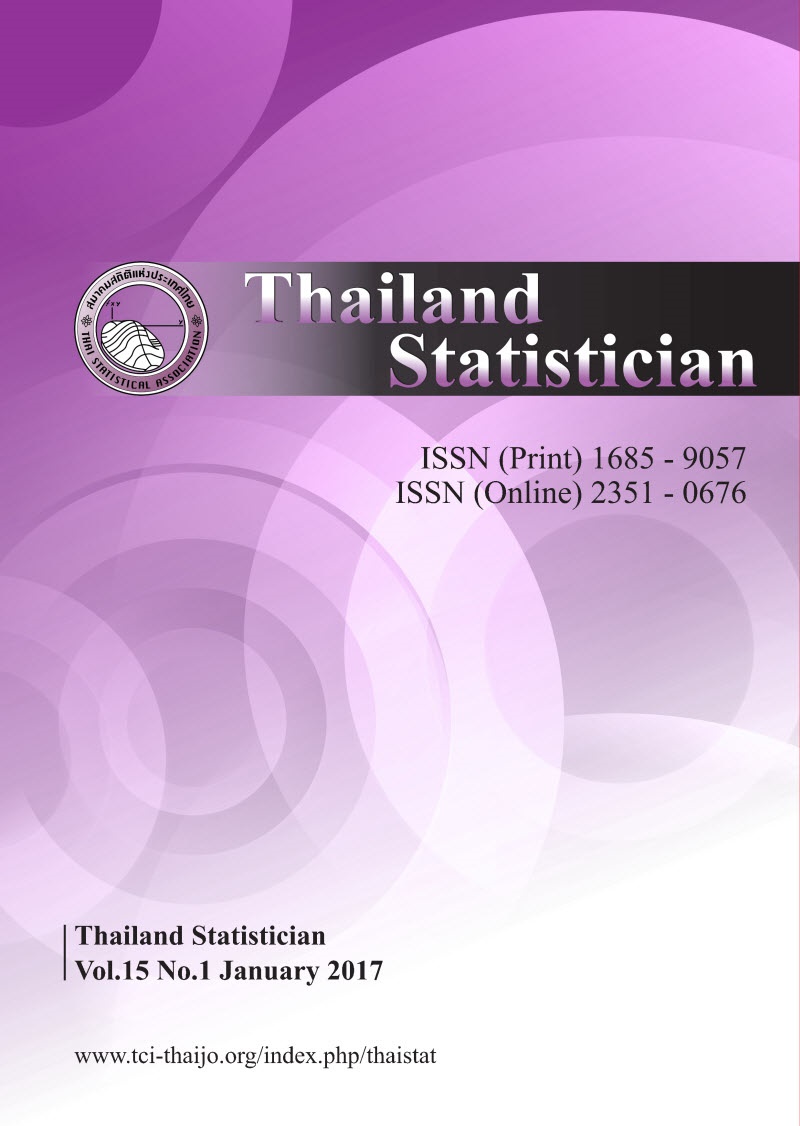The Covariate-Adjusted Frequency Plot for the Rasch Poisson Counts Model
Keywords:
Frequency plot, Goodness-of-fit, Model Diagnostics, Graphical Display, Residual AnalysisAbstract
The Rasch Poisson Counts model is an appropriate item response theory (IRT) model for analyzing many kinds of count data in educational and psychological testing. The evaluation of a fitted Rasch Poisson model by means of a graphical display or graphical device is difficult and, hence, very much an open problem, since the observations come from different distributions. Hence methods, potentially straightforward in the univariate case, cannot be applied for this model. However, it is possible to use a method, called the covariate–adjusted frequency plot, which incorporates covariate information into a marginal frequency plot. We utilize this idea here to construct a covariate-adjusted frequency plot for the Rasch Poisson Counts model. This graphical method is useful in illustrating goodness-of-fit of the model as well as identifying potential areas (items) with problematic fit. A case study using typical data from a frequently used intelligence test illustrates the method which is easy to use.Downloads
How to Cite
Holling, H., Bohning, W., & Bohning, D. (2015). The Covariate-Adjusted Frequency Plot for the Rasch Poisson Counts Model. Thailand Statistician, 13(1), 67–78. retrieved from https://ph02.tci-thaijo.org/index.php/thaistat/article/view/34186
Issue
Section
Articles




